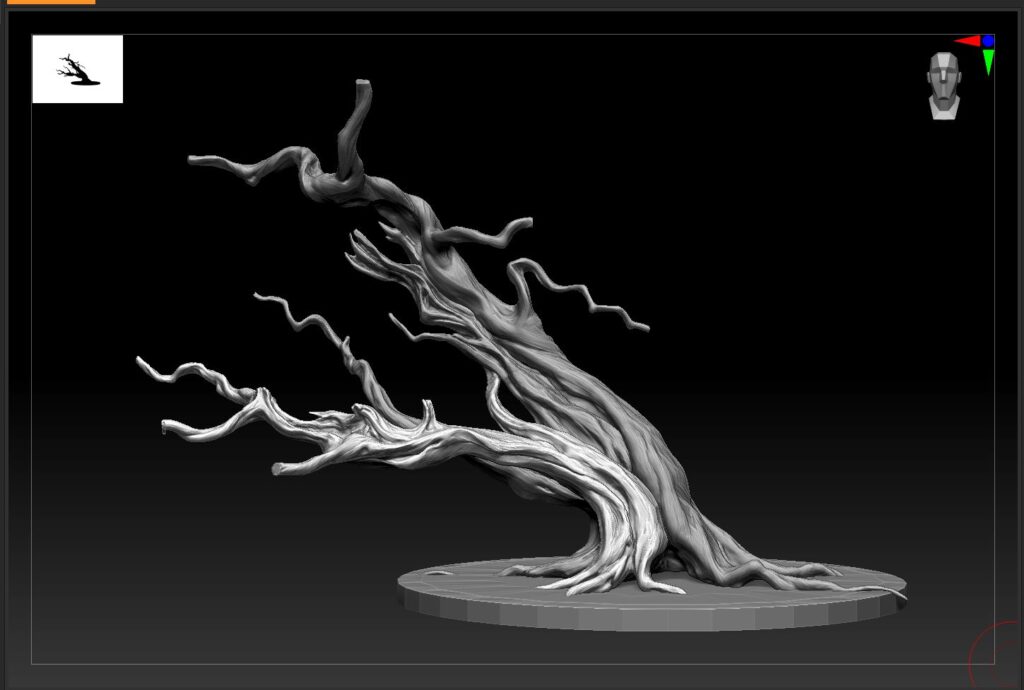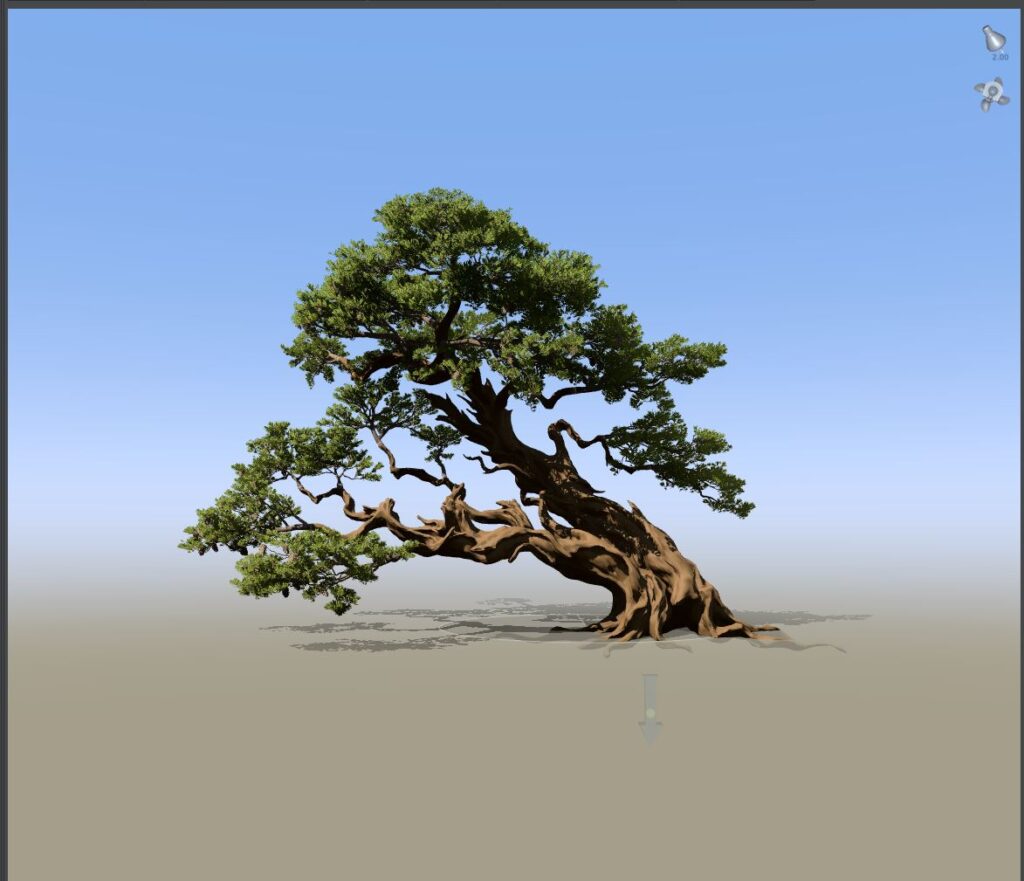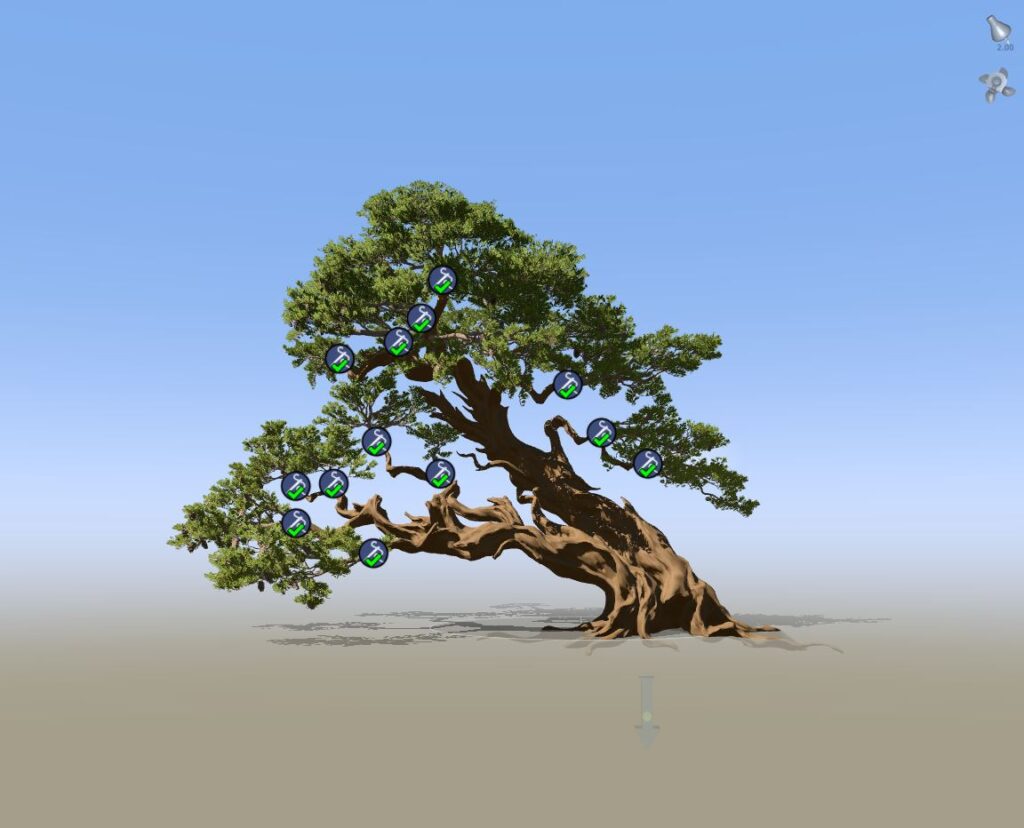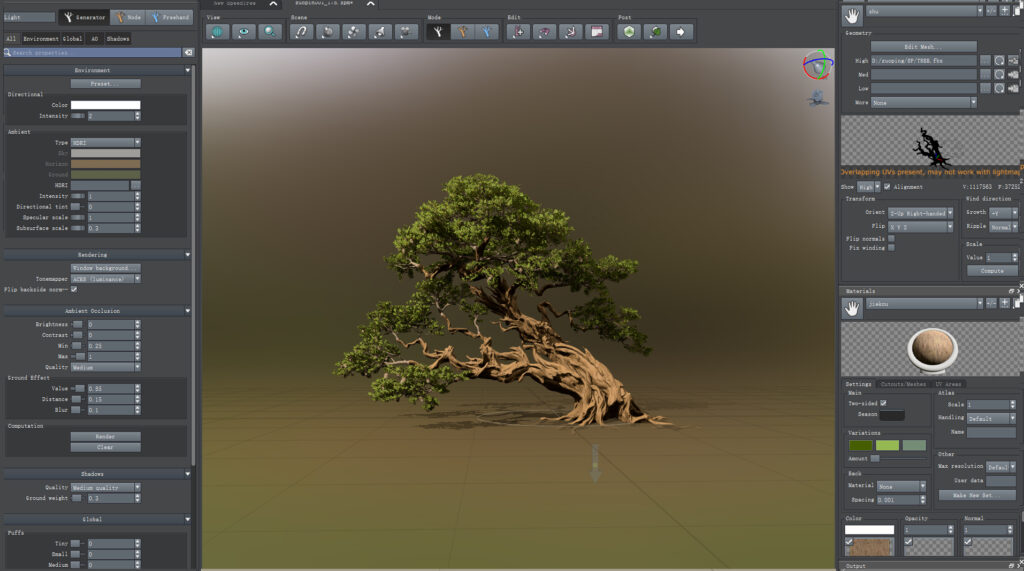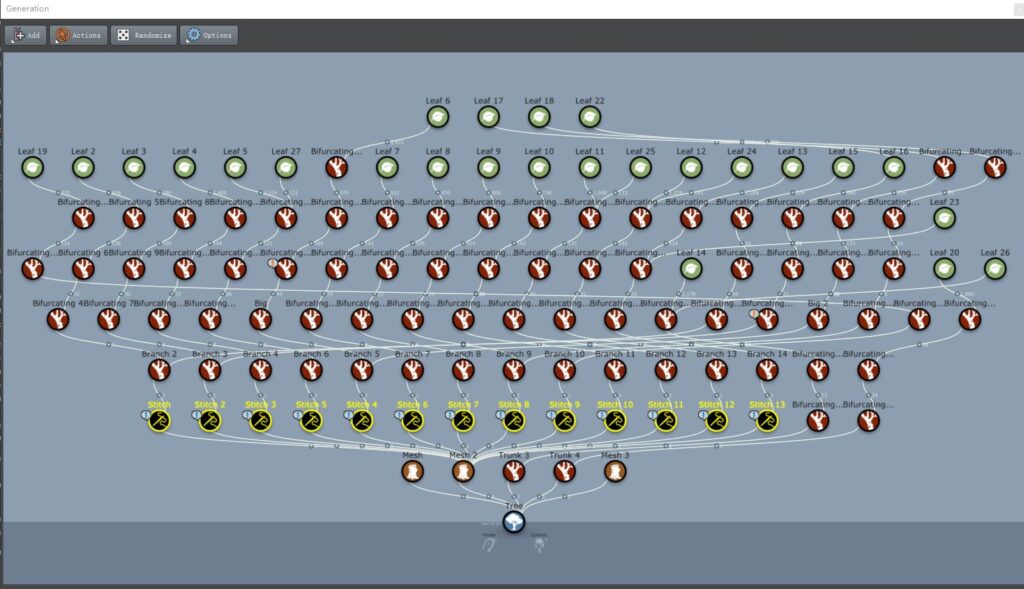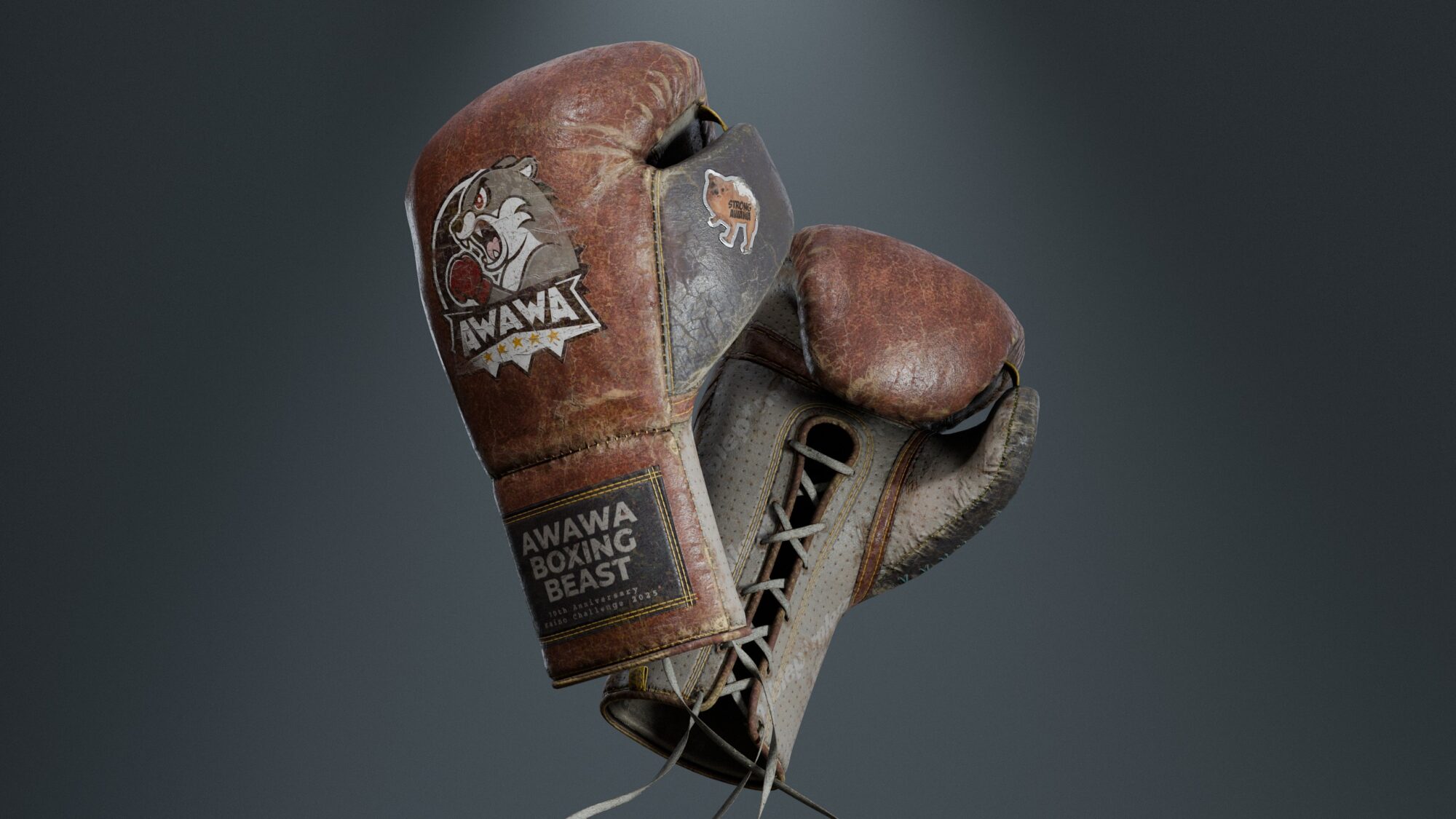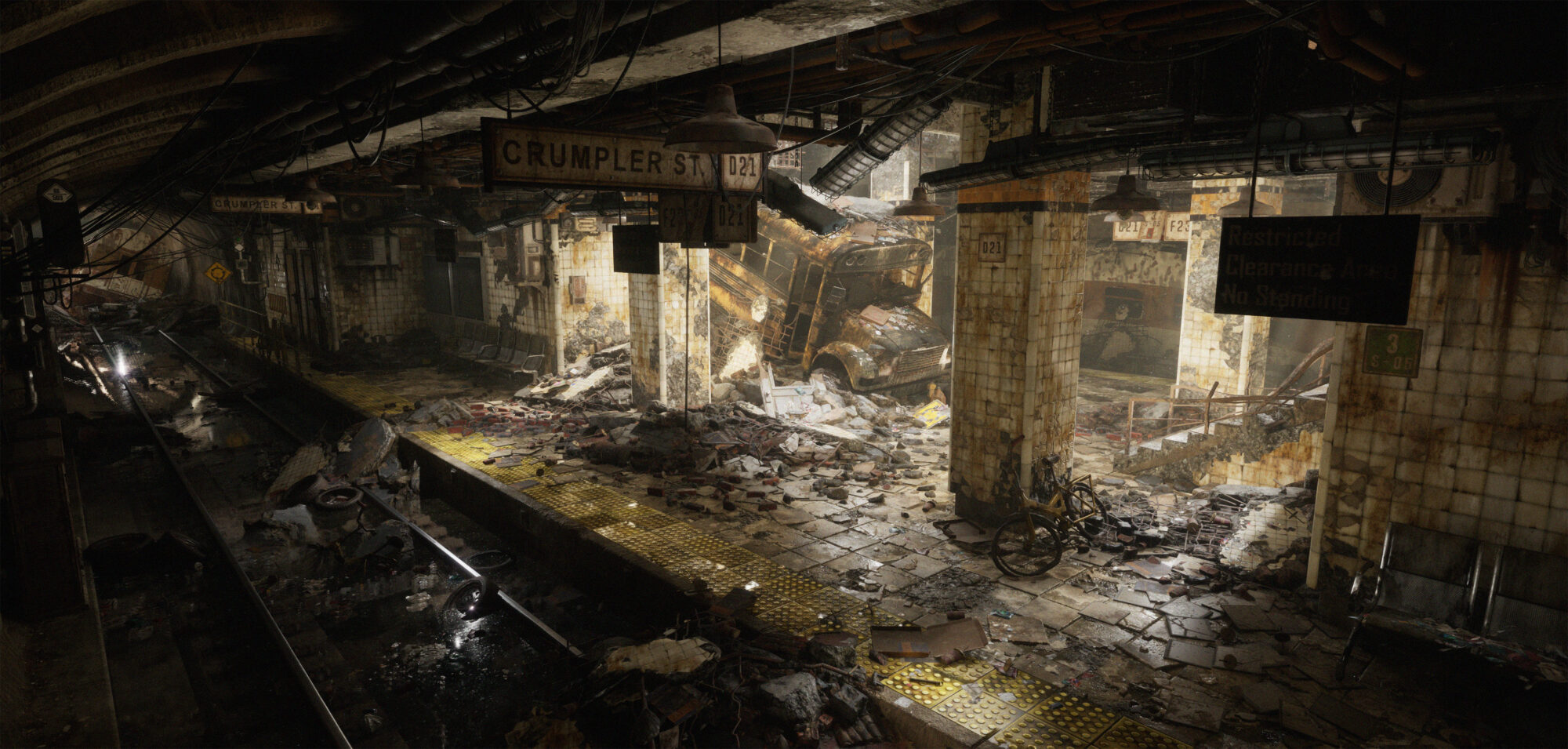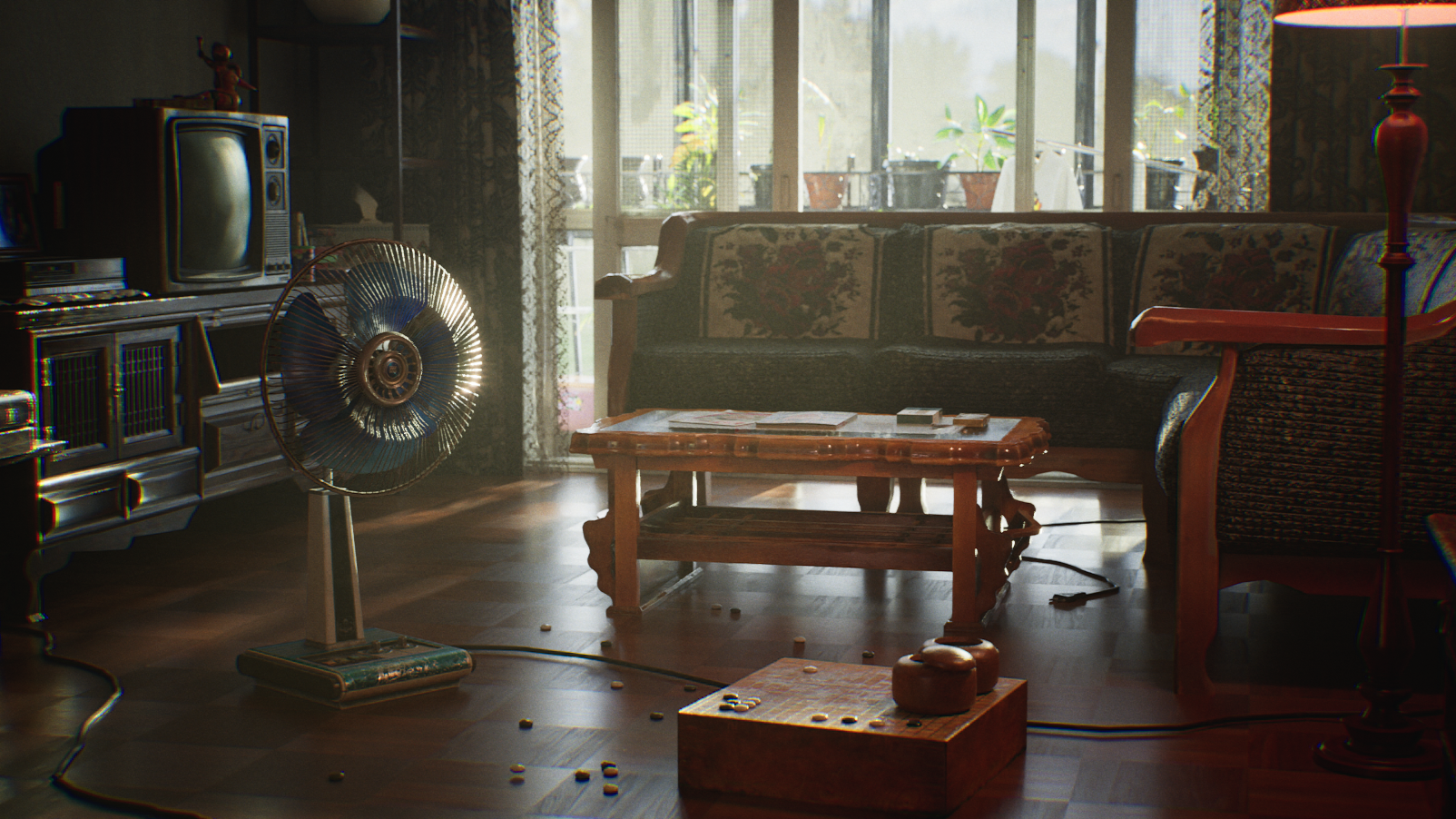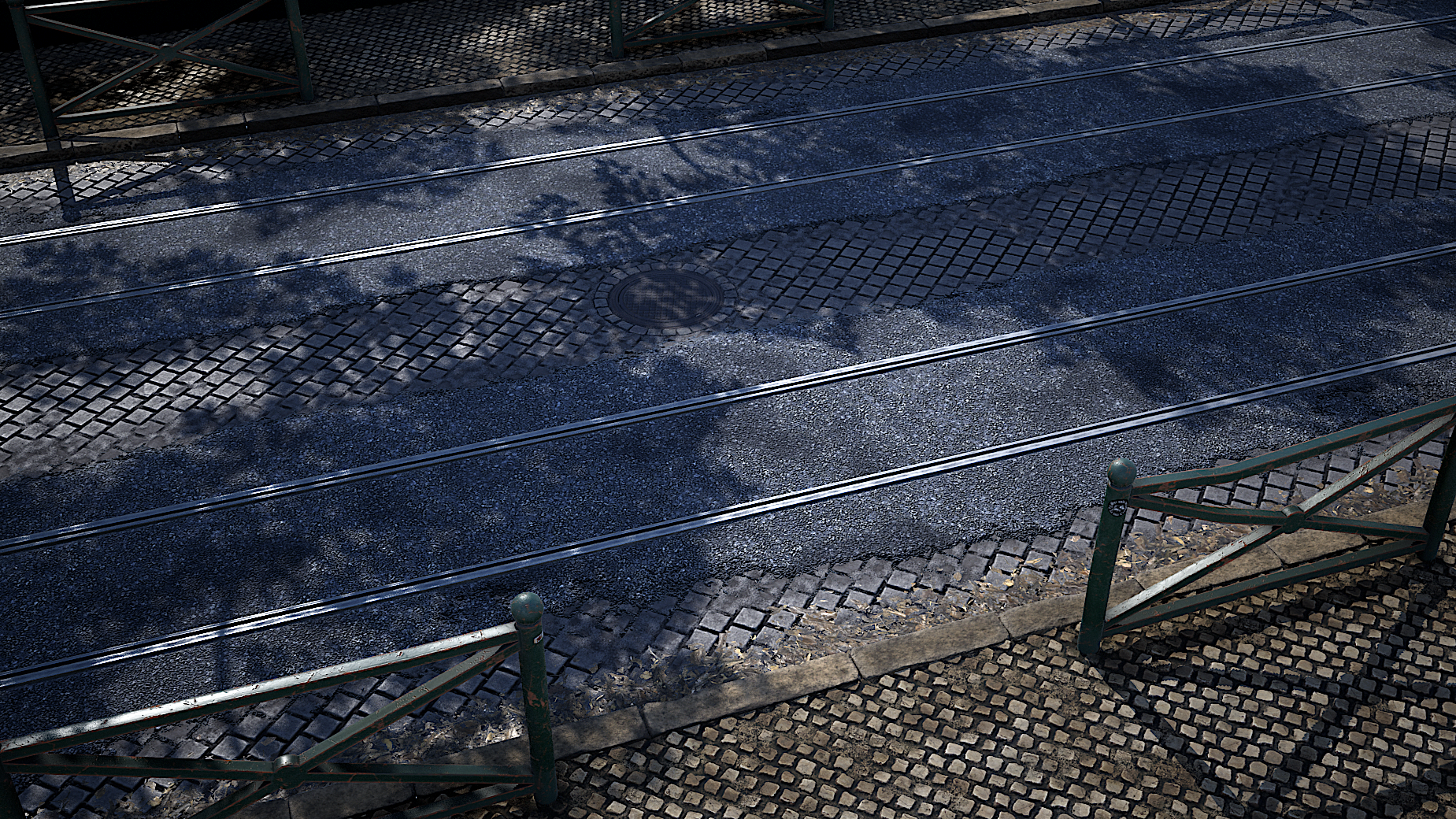Pine Tree


Introduction
Hello everyone! My name is Ran C and I am from Shanghai, China.

Project
Today, I am excited to share with you my process of creating Pine Trees.
In this article, I will cover the production and artistic journey using Unreal Engine to do so.
Reference & Inspiration
The welcoming pines of Huangshan, China particularly inspire me.

Their unique and artistic forms have always fascinated me, and I wanted to create a similar tree. I gathered numerous references to capture the essence of these trees.
While the leaf design was straightforward, creating a realistic yet artistic trunk was challenging. I combined real photos with works from various talented artists to achieve the desired look.

Tools
To bring my vision to life, I used the following software:
- Maya: For low-poly modeling, UV mapping, and modular assembly.
- Zbrush: For high-poly sculpting.
- Marmoset Toolbag: For baking model textures.
- Substance 3D Painter: For texturing the model.
- SpeedTree: For generating branches and leaves.
- Unreal Engine: For final composition and lighting.
Initial Modeling
I began the project in Maya, starting with a large structure and refining it gradually. Maya allowed me to create a precise initial shape.

During the modeling phase, I used the ClayBuildup brushes in Zbrush for 80% of the tree sculpting.

My ideas evolved as I worked on the model. Initially, I felt the shape lacked boldness, so I created another version.

I relied on Zbrush’s default brushes for large-scale sculpting to keep my process clear and straightforward.

Refining Branch Shapes
I continued to optimize the branches, aiming for a more natural look. Once satisfied, I created a low-poly model and used Zbrush’s automatic surface reduction to save time.
I chose Marmoset Toolbag for its excellent AO information and basic texture-baking capabilities for texture baking.

SpeedTree Integration
SpeedTree played a crucial role in my workflow, significantly enhancing production efficiency.
For the leaves, I used a plan from SpeedTree’s built-in examples and modified it to suit my needs.
Texturing Trunks & Branches
For the trunk and branch textures, I aimed for a realistic material finish. Substance 3D Painter allowed me to experiment with various bark materials to achieve a rich, non-monotonous texture.
Consistent color variation was essential to mimic natural growth patterns.

Rendering in Unreal Engine
Scene 1: Highlighting the Main Tree

In the first scene, I built a simple rock platform and water surface to keep the focus on the tree, ensuring minimal distractions.
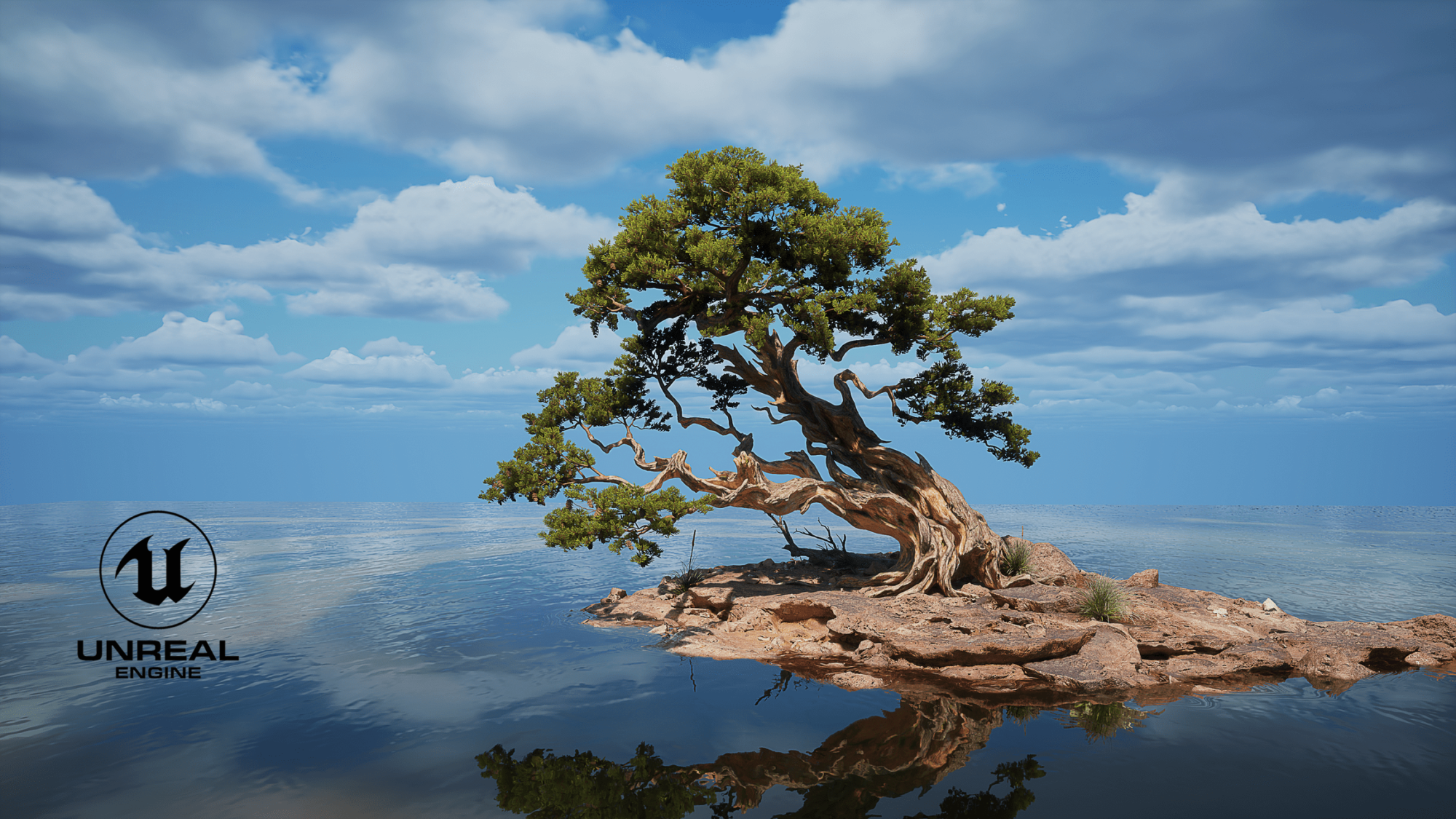
Scene 2: Capturing the Silhouette
The second scene emphasized the tree’s silhouette, an aspect I find crucial for impactful visual storytelling.

Scene 3: Realistic Integration
The third scene aimed to showcase the tree’s realistic structure within a lifelike environment, highlighting its authenticity and rational design.
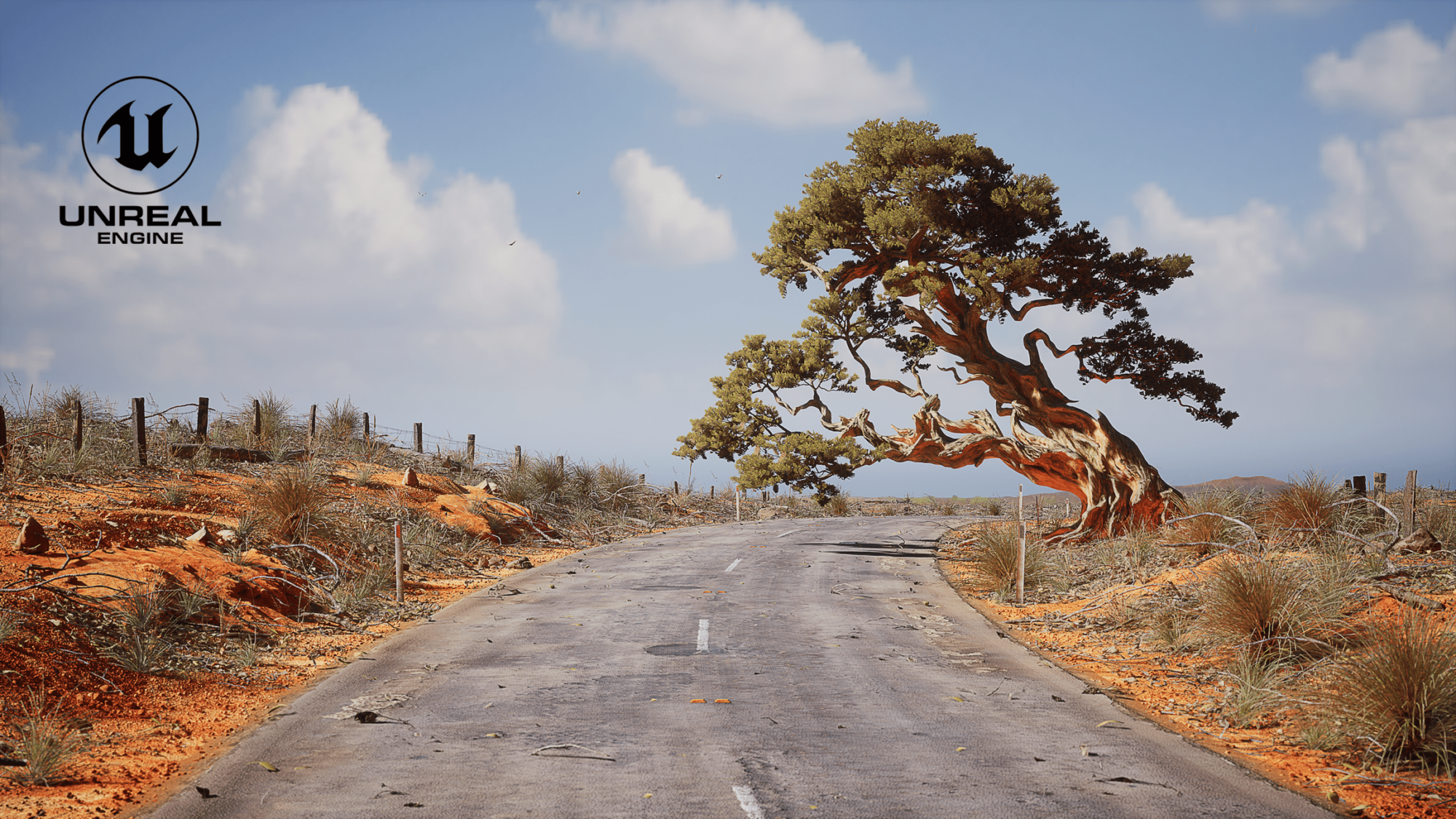
Conclusion
Creating this pine tree was a blend of artistic inspiration and technical execution.
By utilizing various software and refining my approach, I was able to bring my vision to life in Unreal Engine.
Thank you for following along with my process, and I hope this guide inspires your creative projects!


